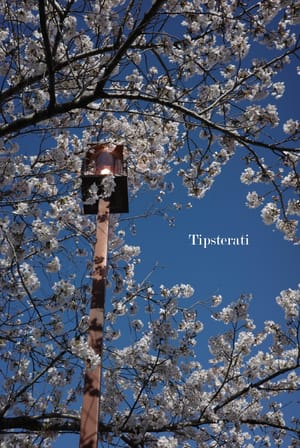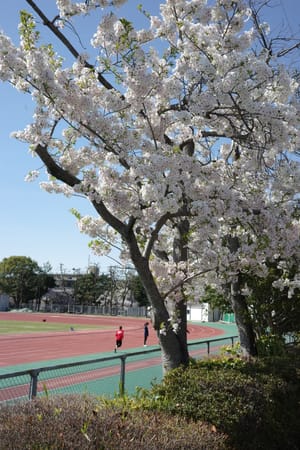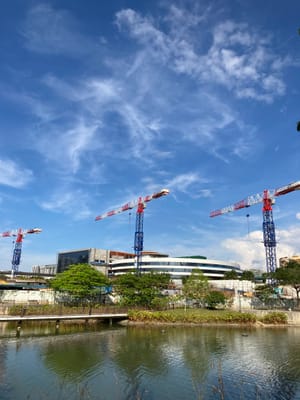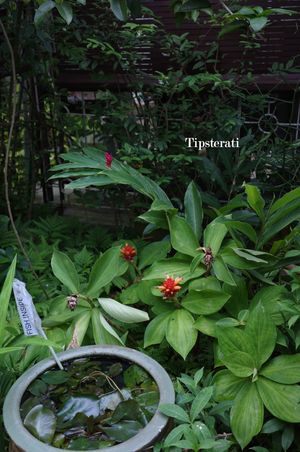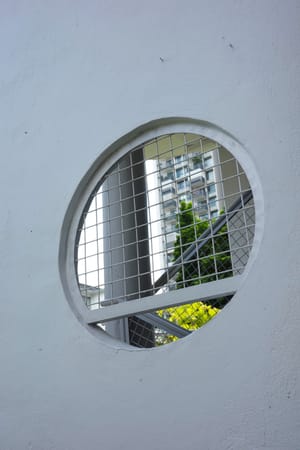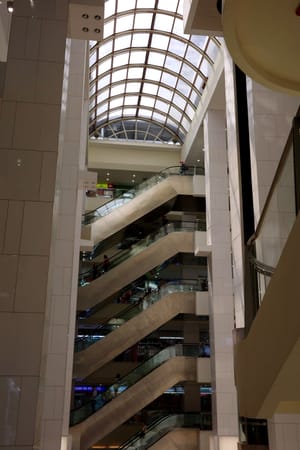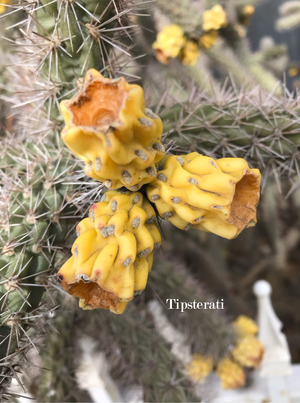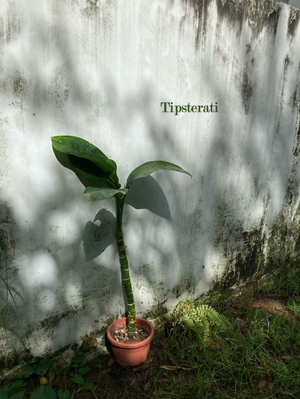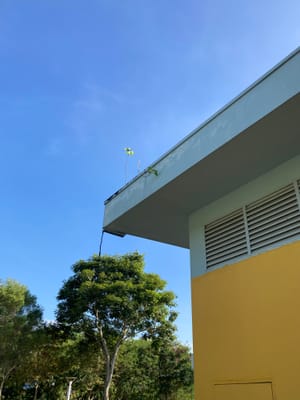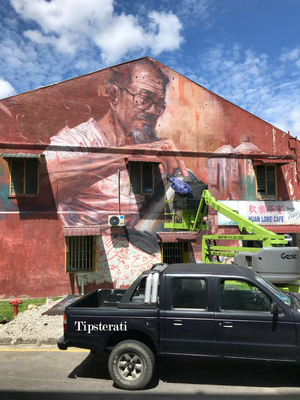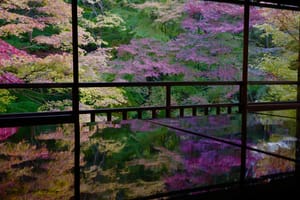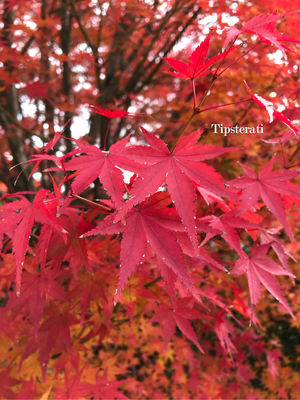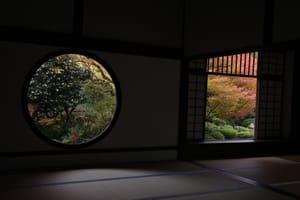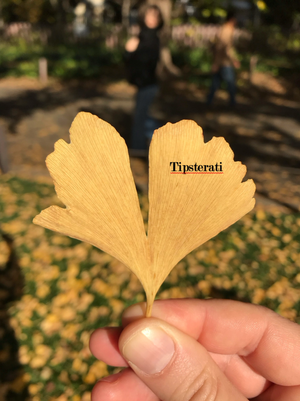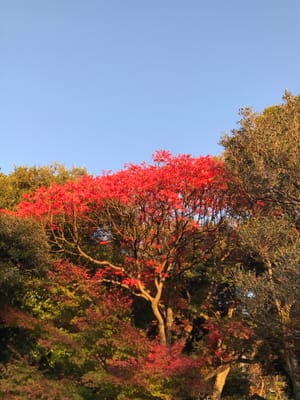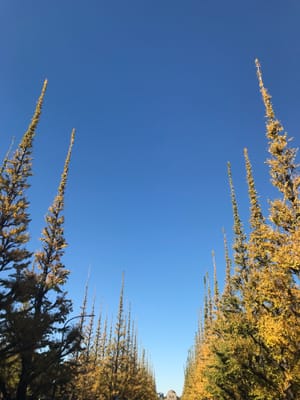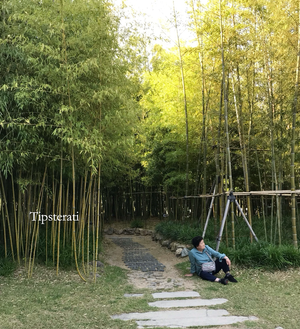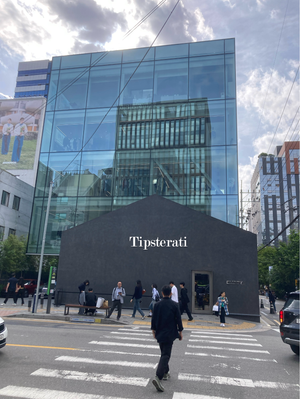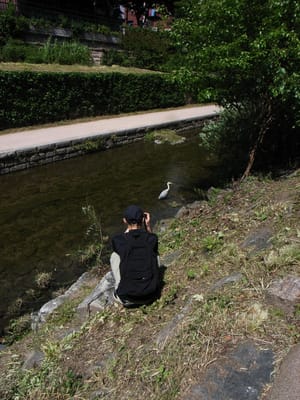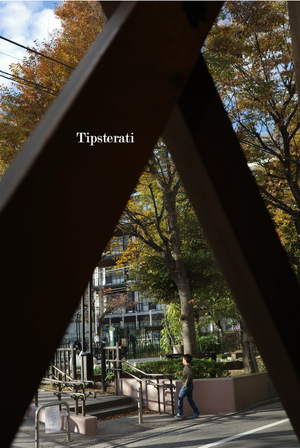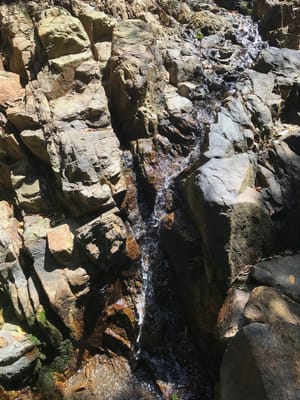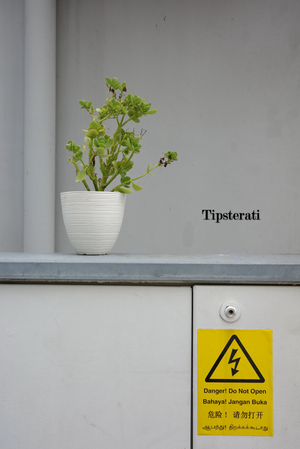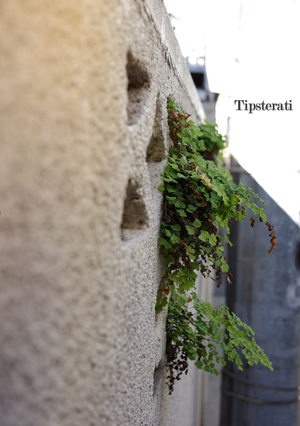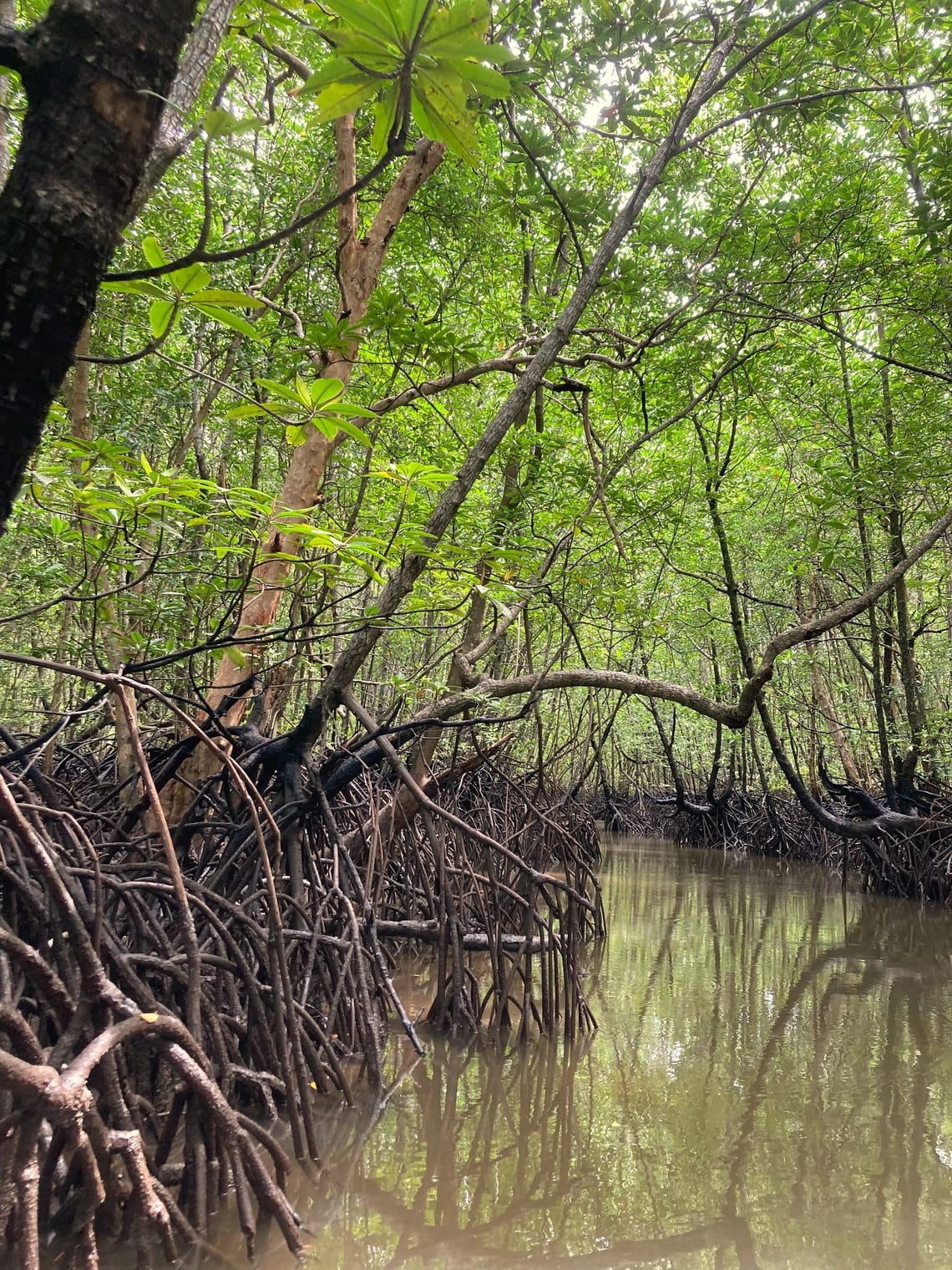
Mangrove Forests
Situated along coastlines and at estuaries where the water is often brown and brackish, mangrove forests once dominated the island of Singapore. Perceived as having little utility and even hazardous to one’s health due to their bogginess, mangrove swamps were progressively cleared over the nineteenth and twentieth centuries.
In recent years, however, tropical wetland forests have become ecological superstars. They are reputed to sequester far more carbon than any other kind of forest. Mangrove roots are vital in preventing coastal erosion, and they play a critical role in providing shelter for the young of a variety of marine life. The terrifying 2004 Indian Ocean tsunami revealed yet another astounding benefit: mangroves break the force of strong waves. Areas protected by mangrove trees weathered the tsunami far better than areas denuded of coastal vegetation. Such obvious advantages have enticed the Singaporean authorities to repent of their zealousness in removing them and mangroves have been progressively replanted in suitable nature parks.
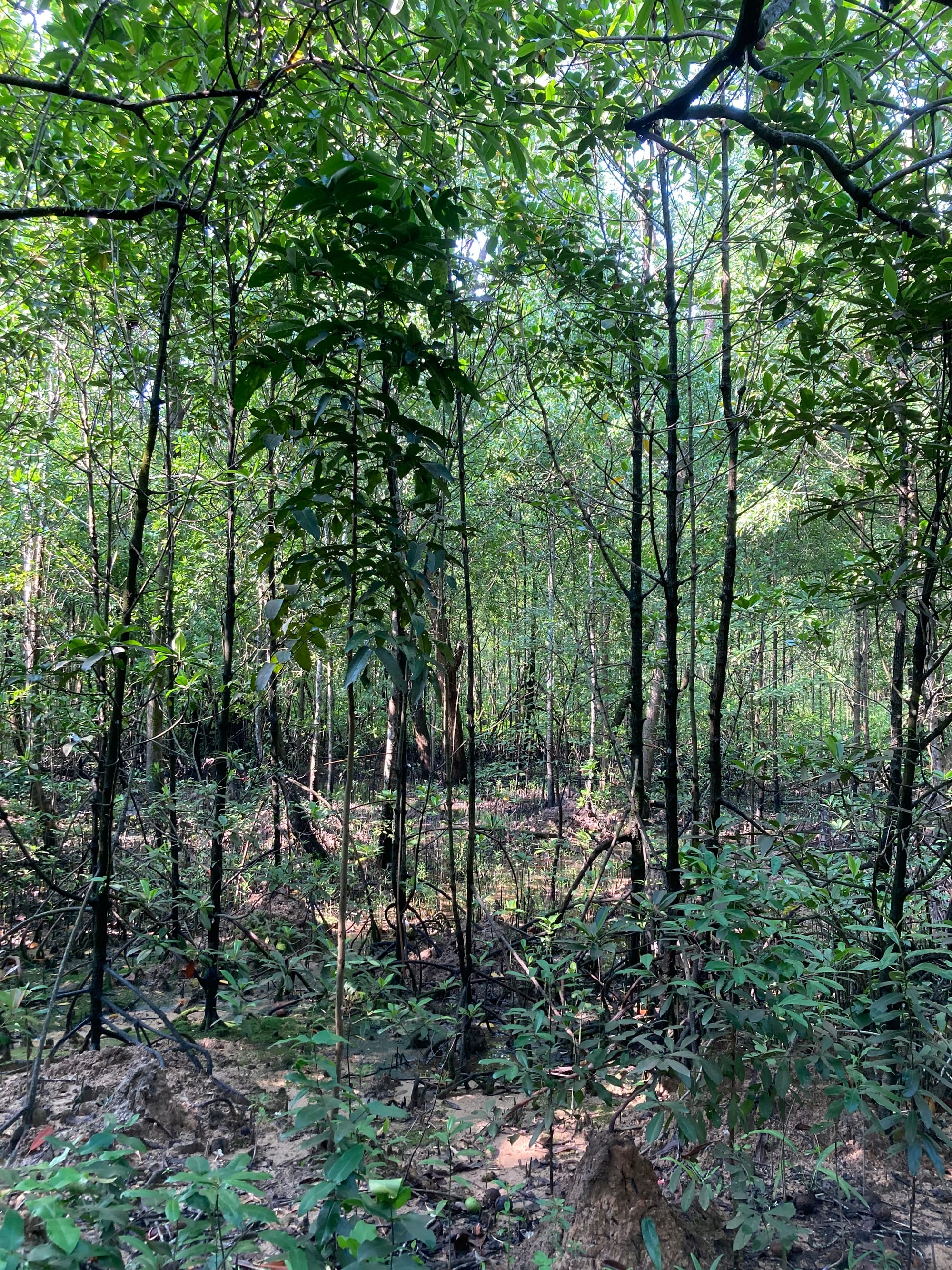
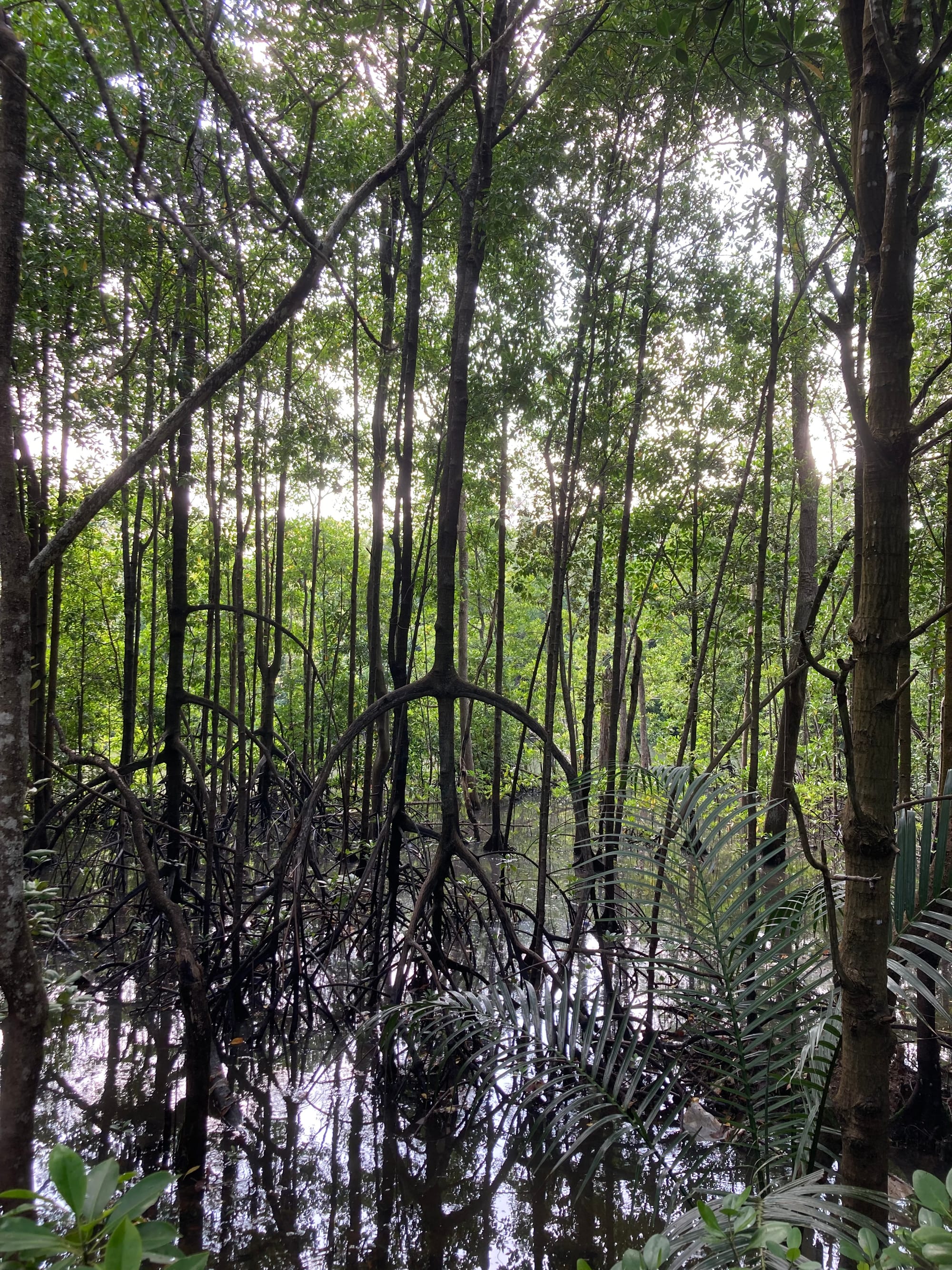
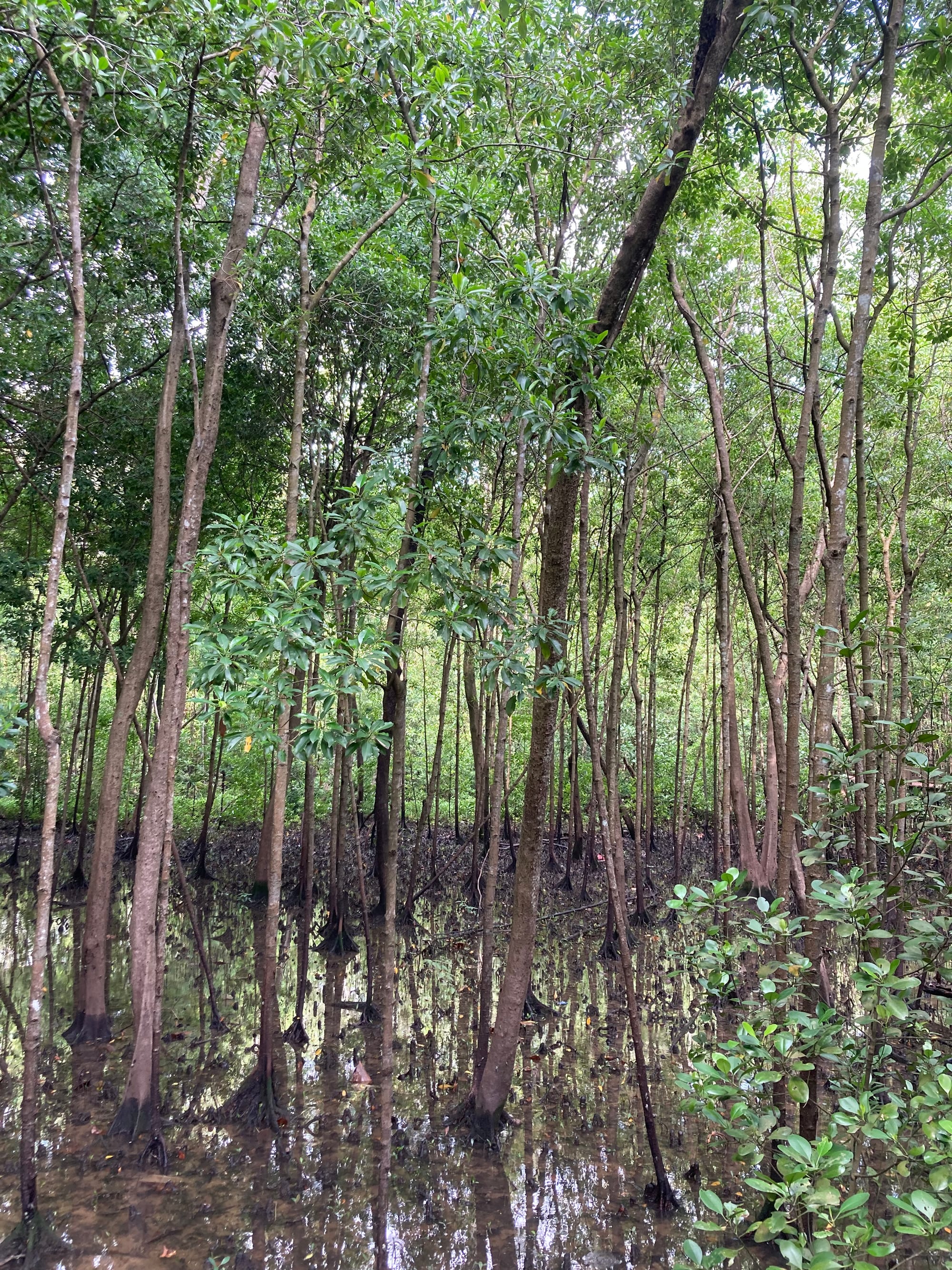
The mangrove forest section of Pasir Ris Park in Singapore ©Wendy Gan 2025
What of beauty though? The patches of mangrove forest one can find in Singapore are underwhelming: straggly, muddy, untidy. See them massed on a large scale on Langkawi Island in Malaysia, however, and you can begin to appreciate their otherworldly qualities: a basket weave of roots turns mud into land and a forest rises from the sea. A green cathedral rising from the waters invites silent veneration.

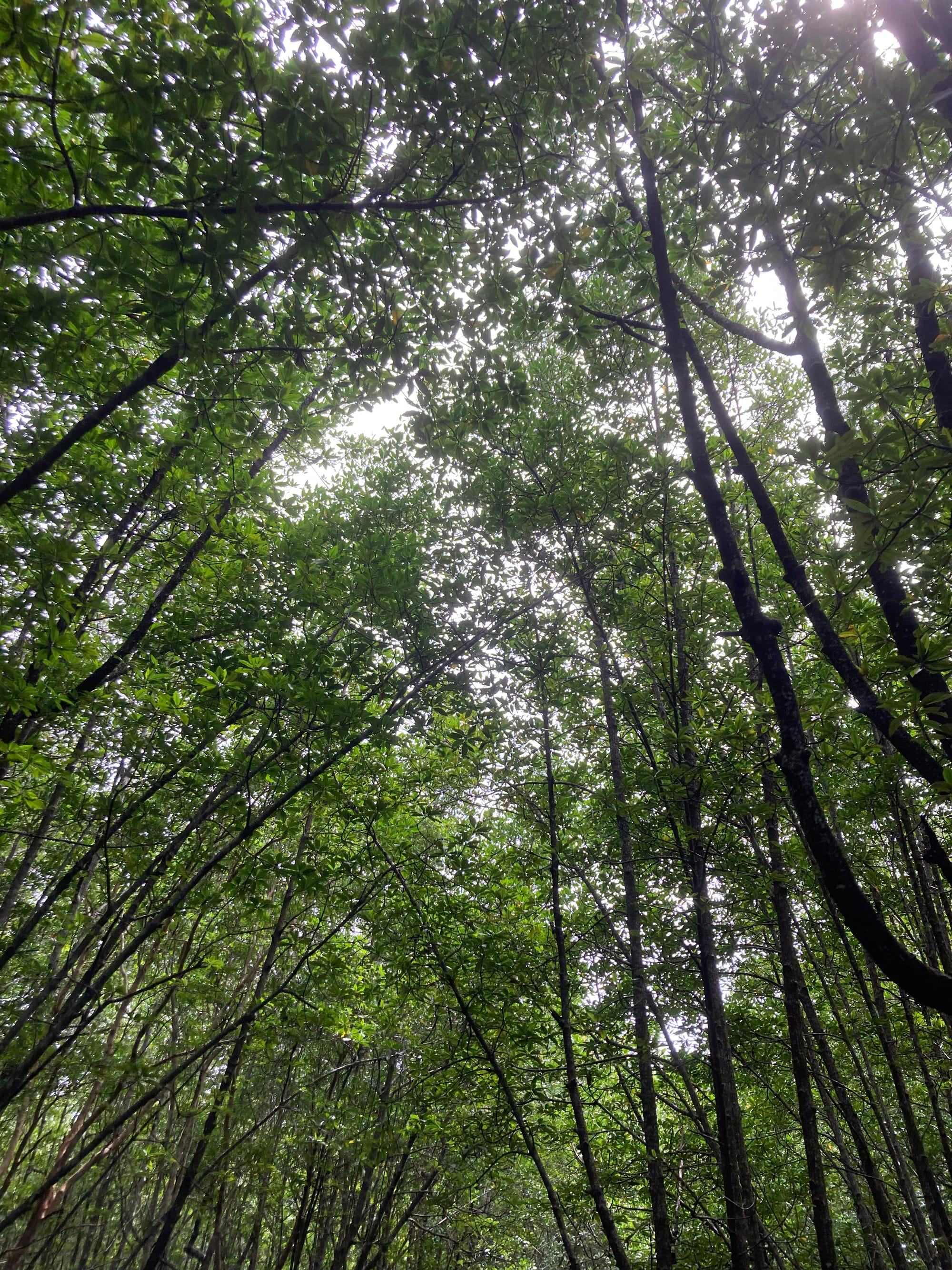
The mangrove forests of Langkawi Island ©Wendy Gan 2025
